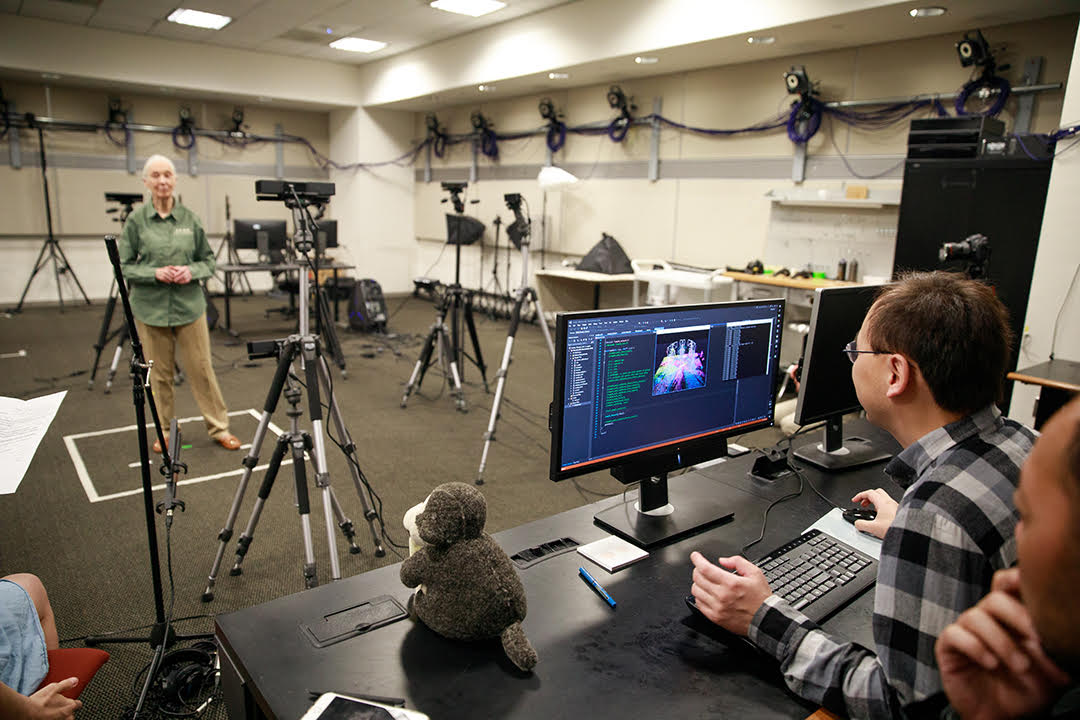When GW’s Institute for Computer Graphics was founded in 1997, the Institute’s work was primarily focused on computer graphics and digital media. The Institute has many esteemed alumni, including Bill Westenhofer, the Visual Effects Supervisor for “Life of Pi” and “The Golden Compass” who won Academy Awards, BAFTA, and VES awards for his work on the films. Other notable Institute alumni include a university president, professors, CEOs, and researchers at major commercial and government organizations.
As the Institute grew, the scope of its work naturally evolved from computer graphics and animation. By the early 2000s, the Institute was doing increasingly more research in the medical applications of computer graphics. Now, roughly twenty years later, the Institute mainly applies computer graphics, computer science, and artificial intelligence (AI) to address critical challenges in healthcare.
The Institute for Innovation in Health Computing’s membership includes 16 faculty members from GW Engineering, GW’s School of Medicine and Health Science (SMHS), GW Nursing, the GW Columbian College of Arts & Sciences (CCAS), and the Milken Institute School of Public Health. Additionally, the Institute’s funding now comes exclusively from the National Institutes of Health (NIH), so a name change was long overdue.
“When the university asked us about the name change, I looked back at the work we’ve done for inspiration,” Professor James Hahn, the Institute’s Director, explained.
The Institute’s work in health innovation is wide-ranging and impactful. It includes developing virtual reality simulators for medical applications, optical scanners for diagnostics and monitoring, tools for image-guided surgery, and technology for visualizing clinical practice guidelines and patient care processes.
Hahn is optimistic that the change will better convey the scope and depth of the Institute’s work to the outside world. “The new name will better reflect our mission and priorities to prospective partners and funding agencies across industry, academia, and government,” Hahn said.


